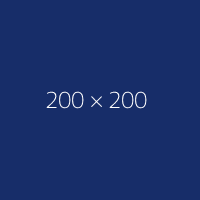Product Description
| Cat Number | CK-040 |
|---|---|
| Category | Peptide |
| Pack Size | 1 mg |
| Description | Competes with CXCL8 for GAG binding |
| Modification | None |
| Purity | >95% by hplc |
| Biomarker Target | Chemokine receptors |
| Sequence Three Letter Code | H-Lys-Lys-Lys-Gln-Lys-Asn-Gly-Lys-Lys-His-Gln-Lys-Lys-Lys-Val-Leu-Lys-Val-Arg-Lys-Ser-Gln-Arg-Ser-Arg-Gln-Lys-Lys-Thr-Thr-OH |
| Molecular Formula | C158H295N59O40 |
| Sl Sequence | KKKQKNGKKHQKKKVLKVRKSQRSRQKKTT |
| Solubility | Soluble in water |
| Appearance | Freexe dried solid |
| Storage | Store dry, frozen and in the dark |
| References |
Vanheule et al (2015) The Positively Charged COOH-terminal Glycosaminoglycan-binding CXCL9(74-103) Peptide Inhibits CXCL8-induced Neutrophil Extravasation and Monosodium Urate Crystal-induced Gout in Mice. J Biol Chem. 290(35) 21292 PMID: 26183778Boff (2018) The chemokine fragment CXCL9(74-103) diminishes neutrophil recruitment and joint inflammation in antigen-induced arthritis. J Leukoc Biol. 104(2) 413 PMID: 29733455De Zutter et al (2021) The Chemokine-Based Peptide, CXCL9(74-103), Inhibits Angiogenesis by Blocking Heparan Sulfate Proteoglycan-Mediated Signaling of Multiple Endothelial Growth Factors. Cancers 13(20) 5090 PMID: 34680238 Related areasAll peptides >All chemokine receptor modulators >All immunology research categories > |
| Note | The product is for research use only |







Share Item: